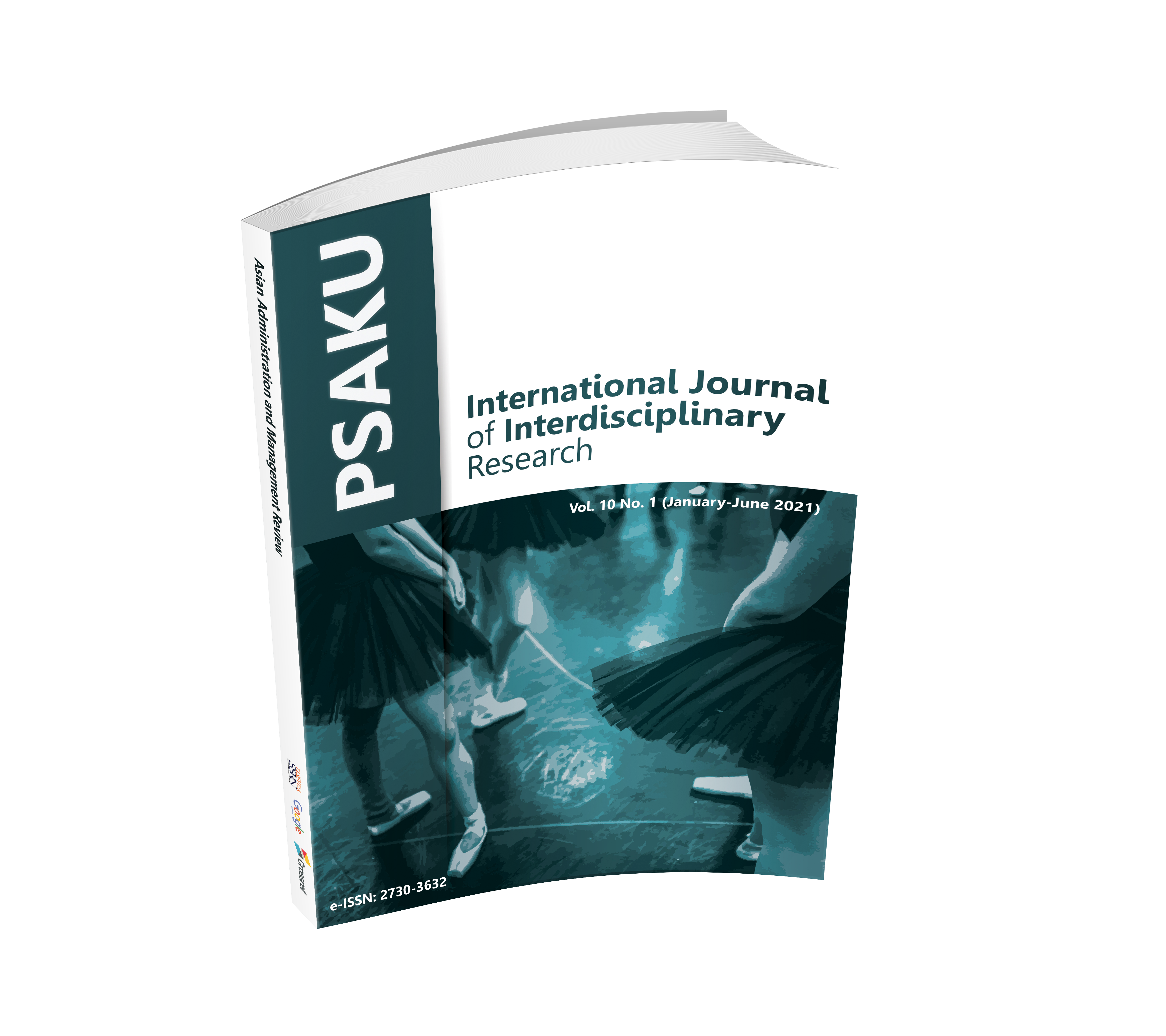Simulation Modeling of Raising Meat Goat Farming System: Case Study of Farms in Satun Province
Keywords:
Simulation Modeling, Farming System, Meat Goat, RaisingAbstract
Goat raising in Thailand is not different in practices from other types of agriculture in terms of its small-scale household owned and diversity of activities. This study was conducted on 5 farmers practiced different 5 systems in Satun province, Thailand. Many farmers have built economic resilience in the agricultural farming systems under risks and uncertainties brought by changing government policies. This study seeks to examine the resilience of the economy through the scenario building in an integrated goat-other agricultural activities farming system adapted by farmers when facing external threats. This study found that the total annual margin of raising goats, with large diversity from 2.27 to 30.51 percent and in terms of cost and benefits of 5 plots in 2018 showed a gross margin of between 49,002 to 306,313 baht per year and plot 2 was an interesting farming system with higher net profits than the other plots. Since, the goat has low operation cost, it plays an important role as source of income to compensate for the lower margin when the economic crop price is low and in times when goat price is also low, farmers adjust management to reduce costs to offset lower margins. This research revealed values of economic resilience in the goat farming system which could be important to an integrated goat with other agricultural activities development.
Downloads












.png)


